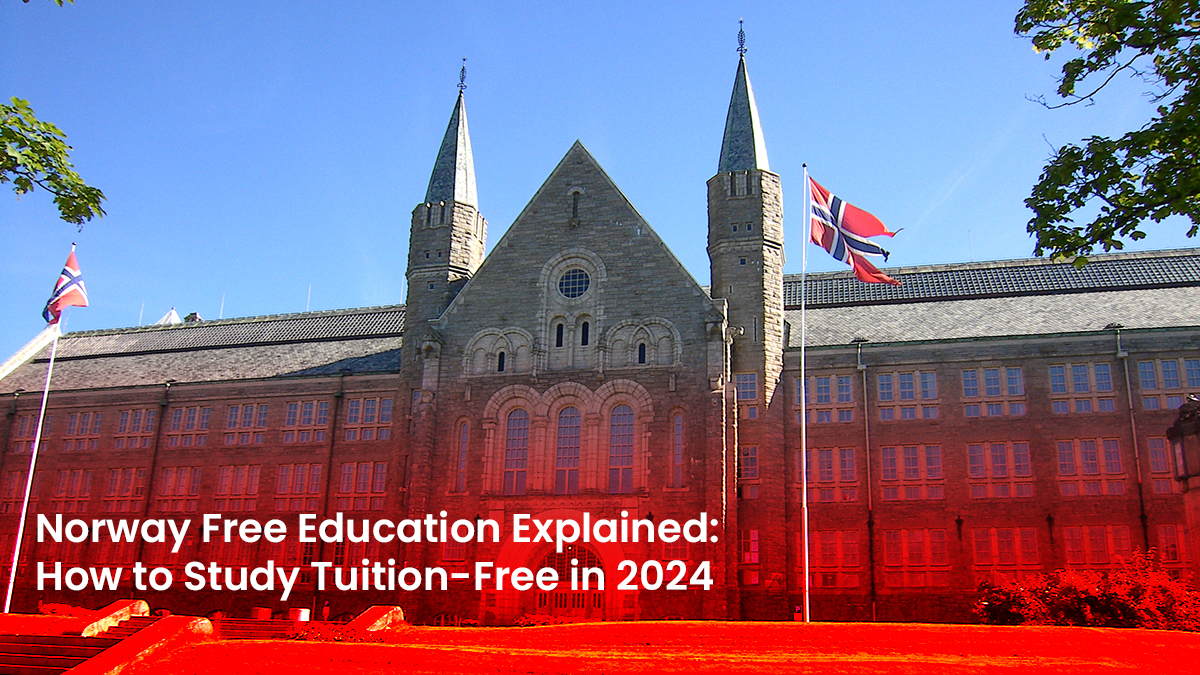There is an ongoing crisis in the education sector all over the world, and it involves the growing student debt. As every recent college student—or parent of a student—knows, earning a degree today requires a much greater financial investment than it did a decade or two ago.
According to the College Board, the total expense of attending a public four-year university has nearly tripled in the last three decades, although it has more than doubled at private four-year institutions.
Let’s take a closer look at the situation along with other student loan trends.
Increased Student Loan Debts
In the United States, student loan debt reached $1.57 trillion in 2020. More than half of the American student population now owes around $37,500 each.
In 2019, around 14% of American adults were in student debt. Many students feel the pressure of finding employment as soon as they graduate. Unfortunately, well-paying jobs for fresh graduates can still be hard to find in the country.
In England, graduating students will owe an average of £40,280 in student loan debt. This is considerably higher than those graduating from Scottish universities (£13,890) and Welsh universities (£23,520). Those figures are significantly higher than they were in the early 2000s when the three countries’ student debts were still under £3,000 on average.
Loan Drought in India
Meanwhile in India, some banks have put a stop to their student loan programs as most of them are feeling extra cautious to avoid non-performing assets (NPAs). It’s a far cry compared to what it once was a few years ago.
In November 2019, the outstanding loans in India fell to Rs 66,902 crore compared with Rs 71,975 crore in September 2017.
The direct correlation between the economy and the labor market is the most likely reason for the decline in education loans. Repayments suffer as students take out large loans from banks to pay for professional course fees and then find it difficult to find work.
Student Loan Forgiveness
In some countries and in certain situations, students can have their federal student loans forgiven, canceled, or discharged. This means that students are no longer required to repay some or all of their loan.
While the words forgiveness, cancellation, and discharge have similar meanings, they are used in different contexts.
If the student is no longer required to make payments on their loans because of their job (mainly if the graduate is currently working as a public servant or works for the company he owes the money to), this is generally called forgiveness or cancellation. The repayment then comes in the form of service.
Now, if the student is no longer required to make payments on their loans because of certain circumstances, such as a total and permanent disability or school closure, this is considered a loan discharge.
It’s important for students and their families to consider all options in financing their dreams of higher education locally or abroad. There are alternatives to student loans available for students who are eligible to get them. It’s also important to consider the pros and cons of the financial aid being provided to make sure the student will not get neck-deep in debt, which can add more pressure on their studies.
Check out our other articles here on MSM Unify, where you can learn more about ways to finance your studies.












